You have no items in your shopping cart.
Post Requirement
Bricks play a primary role in construction at all levels beginning from thatched roofs to multi-storeyed buildings. Over many years, the process of brick making has not changed except for minor refinements. Bricks are the oldest construction material which has been broadly used at present due to its durability, availability and low cost. Refined brick making and burning techniques have exceptionally improved the quality of buildings.
Manufacturing of bricks constitutes four stages i.e., preparation of soil, moulding, drying and burning.
Preparation of Soil
Removal of Top Soil: The removal of top soil involves the loose materials present at the top of the soil for a depth of about 200 mm. These materials should be removed as they contain a lot of impurities and are not used in the preparation of bricks.
Digging and Spreading: After digging the soil for about 200 mm, the soil is spread on the level ground, and the heaps of clay are about 600 to 1200 mm.
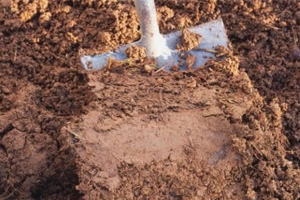
Cleaning: After spreading the soil on the ground, it should be cleaned of stones, vegetable matter, pebbles, etc... If excess non-clay materials are present, the clay should be washed and screened. This whole process will become expensive and clumsy. The lumps in soil should be crushed into a powder form.
Weathering: The soil is then exposed to the atmosphere for softening for a few weeks depending on the nature of the soil, which imparts plasticity and strength to the soil.
Blending: To increase the quality of soil, additionally, sandy or calcareous clays may be added in suitable proportions along with coal, ash, etc. and the whole mass is mixed uniformly with water.
Tempering: After adding the sufficient quantity of water, the soil is kneaded under the feet of men or cattle to make it stiff and homogeneous. In general, for handmade bricks, the soft plastic clay could be prepared by using about 25 to 30 per cent water. For making superior bricks on a large scale of about 20,000, the earth is tempered in a pug mill.
Moulding of Bricks
Bricks are made in metric sizes called modular bricks, as prescribed by the Bureau of Indian Standards. Nominal size of the bricks is 20cm X 10cm X 10cm, which include the thickness of the mortar and the actual size of modular brick is 19cm X 9cm X 9cm.
A brick mould is a rectangular box of steel or wood, which is open at the top and bottom of the box and inside dimensions of the mould are 20cm X 10cm X 10cm.
Moulding of bricks can be done using either hand or machine.
Hand Moulding
There are two types in hand moulding, i.e. ground moulding and table moulding. In this type, bricks are moulded manually and preferred where only a small quantity of bricks is needed.
Ground Moulding: The process of moulding bricks on the ground manually by labour is called ground moulding. On an average, a moulder can mould about 750 bricks per day. When the bricks have dried sufficiently, they are moved to the drying shed and placed in an orderly manner.
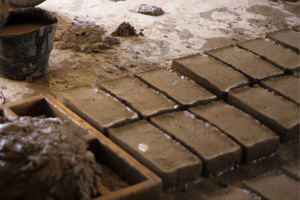
Table Moulding: This moulding is done on a table of size 2m X 1m X 0.7m instead of on the ground. This table moulding process is almost similar to ground moulding expect for some minor changes.
Machine Moulding
Moulding machines are used when a large scale of bricks are to be manufactured in less time. These types of bricks are heavier and stronger than the hand moulded ones and possess a sharp regular shape, a smoother surface and sharp edges. There are two types in machine moulding
Plastic Method: In this method, pugged earth is used, which is placed in the machine that contains a rectangular shape of size equal to the length and width of the brick. A beam of the moulded earth comes out of it and is cut into strips by wires fixed in the frames. These bricks are also called wire-cut bricks.
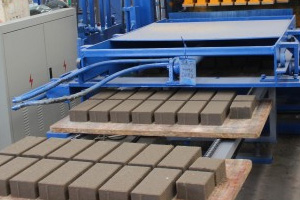
Dry Method: In this method, the machine first converts the hard earth into a powder form and a small quantity of water is added to the powder to make it a stiff plastic paste. This paste is placed in the mould and pressed by the machine to form hard and correct-shaped bricks. These bricks are known as pressed bricks, which do not require any drying and can be sent directly to the burning section.
Drying of Bricks
Moulded bricks cannot be burnt directly, as they may get damaged. So before burning they should be dried either naturally or artificially for about two weeks.
Natural Drying: It is also called hack drying, which comprises placing moulded bricks in rows on their edges, slightly above the ground called a hack. These bricks are air and sun-dried that is strong enough to use for the construction of small structures.

Artificial Drying: When bricks are needed to dry on a large scale, then this artificial drying is preferred. They are dried in special dryers which receive heat from specially made furnaces for artificial drying.
Burning of Bricks
After the process of moulding and drying, bricks are burnt in kilns to impart hardness, strength and to increase the density of the brick. Some physical and chemical changes take place in the burning of bricks. Heating brick to about 640°C produces only physical changes. If a brick is heated up to 700-1,000°C, it undergoes chemical changes. During this reaction, the materials present in brick alumina and silica fuse together to make the brick strong and stable to prevent from cracking and crumbling.
The types of Kilns used for burning purposes are
Clamp or Open Kiln: This is a temporary structure with some advantages like low initial cost, low fuel cost and a few skilled labourers are sufficient to complete the process. The disadvantage is only a small quantity of bricks is manufactured at a time and in that only 60% are good quality bricks.
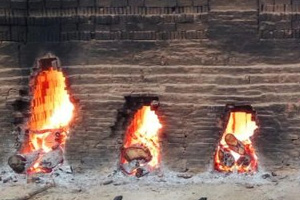
Intermittent Kiln: When a large number of good quality bricks are needed, intermittent or continuous kilns are preferred. In this kilns, the process of burning is discontinuous.
Continuous Kilns: In this process, the burning is continuous and they are of three type’s i.e., Bull's Trench Kiln, tunnel Kiln and Hoffman's Kiln.
To get a good quality brick it has to be heated to the required temperature. The bricks begin to lose their shape and materials get vitrified if heating of brick earth goes beyond 1,300°C.
Vani Paspula
Dhiren
posted on Jun 15, 2021 12:56:31 PMMary
posted on May 11, 2021 11:46:39 AMnandhicruhsers
posted on Mar 19, 2021 10:34:35 AMThanks for the manufacturing process and its complete working principle in your articles. Its highly useful and very efficient for all builders and Real estate developers. We come to know the structure and strategies of each materials you used. Great work on the blogs , please keep sharing more useful blogs !
Dr Delph
posted on Mar 8, 2021 3:42:42 PMKanla Kenneth
posted on Feb 17, 2021 12:27:36 PMDilip
posted on Jan 4, 2021 10:22:35 AM


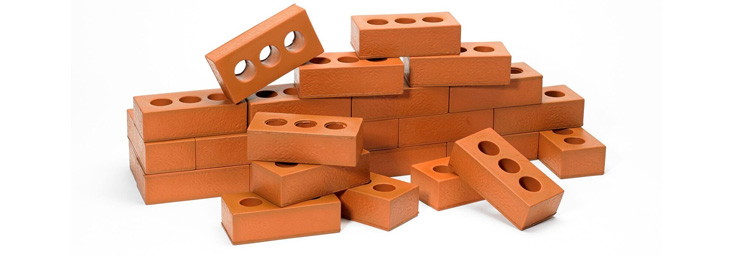










Evance okoth
posted on Jul 16, 2021 2:39:24 PM